If you’ve just landed on this page, it’s likely that you are looking for some fresh ways to skyrocket your eCommerce business. If that’s the case, your product descriptions are an excellent place to start.
According to the Episerver’s ‘Reimagining Commerce’ report, a staggering 98% of shoppers have been scared away from completing their purchases because of incorrect product descriptions.
Another study shows that 50% of shoppers have returned an item they bought online because it didn’t match the description.
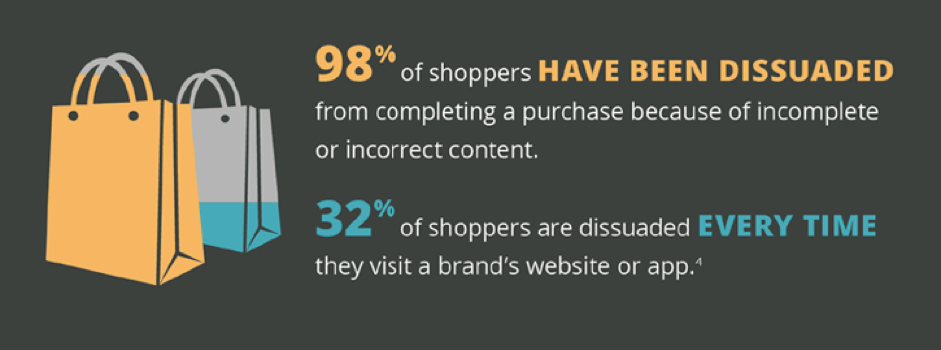
Strangely enough, product descriptions are some of the most neglected pieces of content on the web, which shouldn’t be the case. After all, your content is often the first point of reference for online shoppers. Not a sales rep or even your physical products.
So even before focusing on your business strategy, ROIs, KPIs, and more, it is usually more effective to invest your best marketing resources into creating quality content that sells. Spinning lots of plates in the air at once, can be a daunting task so stay focused on your product descriptions. If you do not make your copy a priority, you will be left behind with high bounce rates and forever abandoned carts. New shoppers will land on your website, and in just a couple of seconds, you’ll see them waving good-bye to you even before you greet them.
Let’s take a look at some of the most efficient techniques you can implement right now.
1. Focus on Your Ideal Buyer
Understanding your target audience is vital if you want to sell your products or services successfully online and grow revenue.
Just stop and think for a moment about your existing customers. Is it an adult looking for some kitchenware? Or a college student eager to buy some kitchen stuff online? Who is that person regularly sending money to your PayPal account?
Then, imagine that you are talking to him or her one on one. Personalize your message. Use the word ‘You’. And chose the vocabulary that your ideal buyer uses.
It will be perfect if you include user-generated content (UGC) that serves as an excellent social proof.
Just like Game Bibs does. This online store selling tailgate and sports bib overalls for fans does a great job displaying pics of their customers wearing their clothes.
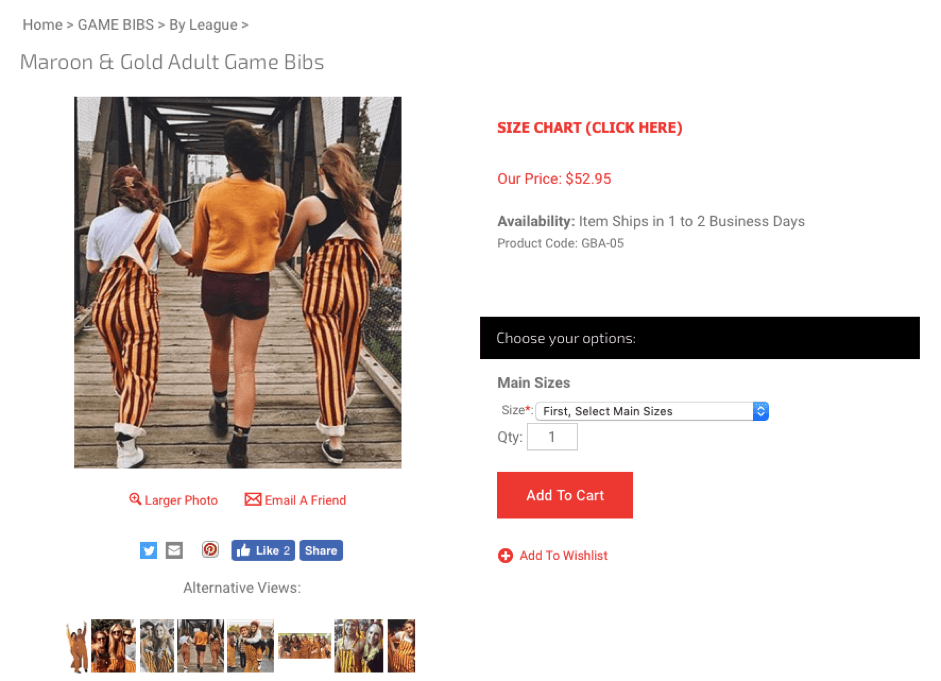
2. Explain Benefits Simply and Effectively
If you live and breathe your products, you can rattle on about their specs and the smallest features for hours. Don’t. Your buyers are NOT interested in mundane features and details. They will be more enticed if you explain what value your products may bring in the long run (or right away).
Here’s how the creators of ‘Cards Against Humanity’ do it. Their strategy is simple. Before writing any product description, they spend some time walking in their customers’ shoes.
Let’s take sci-fi geeks, for example. There’s nothing geeks love more than branded references they can consume. Game of Thrones, Batman, you name it.
Appealing to the things people are mad about, the makers of “Cards” seduce with the products they sell.
Every description is meant to trigger the inner thoughts, emotions, and feelings of each of their target shoppers.
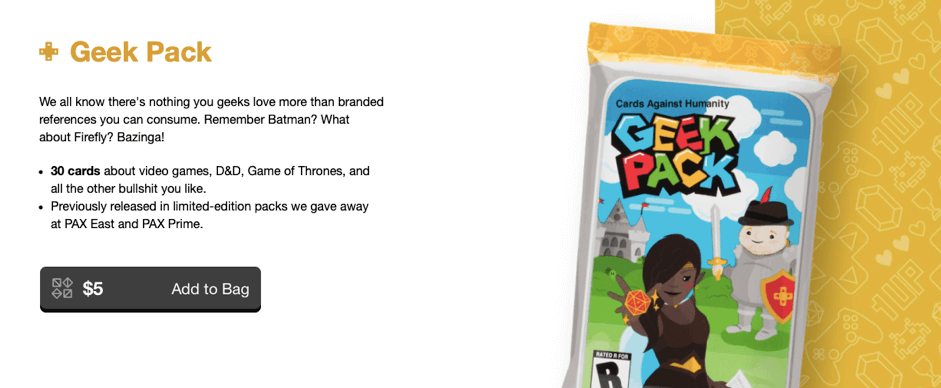
3. Address the Customer’s Needs and Pain Points
Every successful business addresses customer needs and solves specific problems.
If you’ve got no idea how your product differs from the similar offerings of your competitors, just try explaining how it addresses your customers’ biggest pain points.
Look at Nike. Their emotional branding strategy aims straight into their consumers’ hearts.
Hard to start jogging every morning? Find your greatness. Just do it.

Oransi is also good at solving people’s problems. And they translate their readiness to help into great product descriptions. Oransi clearly understands that customers are concerned about the dust and dust mites floating around in the air. And they even give robust tools that should help get rid of it all.
But, there’s more. They say that dust is a major cause of your allergies. And again, Oransi products are going to solve this problem as well.
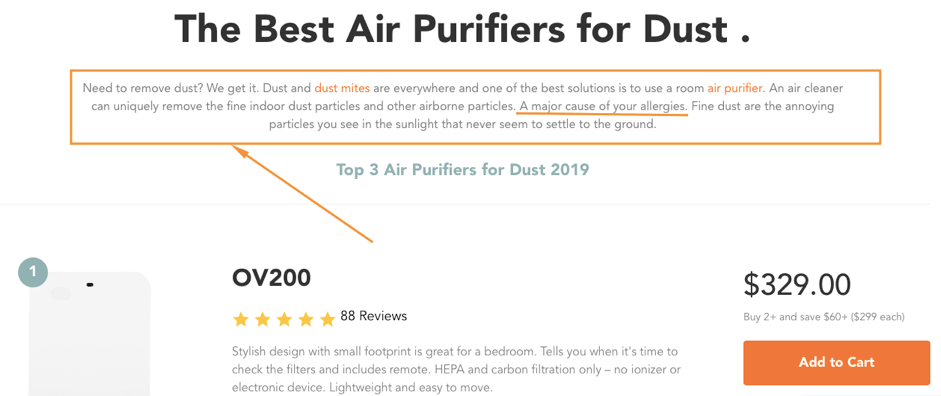
4. Turn Product Descriptions Into Stories
People love stories.
Product descriptions converted into mini-stories lower rational barriers against persuasion techniques. Otherworldly, shoppers forget they are being sold to.
Look at BarkBox. Tear-able hair ideal for thrashing or just being your pup’s mane squeeze. Isn’t that what your dog needs?

Source: https://www.barkbox.com/themes/sniffin-safari
5. Use Sensory and Power Words
Power words work magic. They instantly make your copy more seductive, mouthwatering, perspiratory, and dizzying.
Such experienced copy bloggers, as Henneke Duistermaat, know a thing or two on how to make words “dazzle and dance, swing and swirl, jig and jive”.
Use creative thinking and conjure up vivid metaphors, that will let your customers feel the entire power of the items you sell.
I love the way Green & Black’s uses sensory words describing their chocolates. Dark chocolate with mouthwatering Sicilian blood orange oil is definitely something that I’d be thrilled to taste.
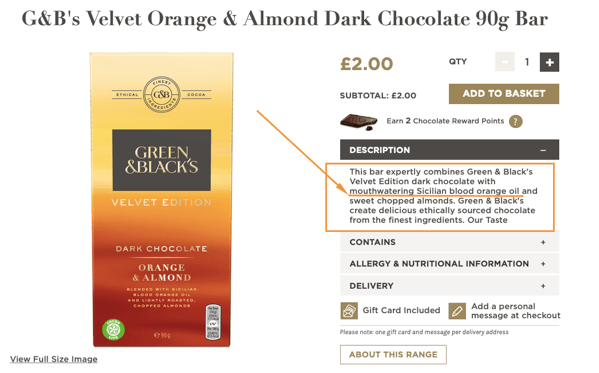
6. The Rule of Two Ms: Use Mimicry and Metaphors
Metaphors are tricky. Overused ones make your copy sound old-fashioned. However, when used correctly, they can describe your product without digging into the tiniest details.
Mimicry and metaphors make your reader experience your copy while reading.
Everyone knows how a beast looks like, right? Fierce, energetic, and speedy as a racing car (oops, here’s another metaphor).
Now take a look at Aston Martin. Its marketers equate the car with a beast designed to deliver pure, engaging, manual performance. The idea is clear immediately. The picture demonstrates the car’s wild animalistic character and will be perfect for speed lovers. No need to explain any longer.

Additional Resources:
How The Best Ecommerce Sites Win at Web Design [47 Examples]
Using Metaphors to Explain Brand and Product Complexity
How to Market Products With Photos [Tips From 19 Pros]
7. Add Reviews to Tempt With Social Proof
When your web buyers are not sure what products to choose, they will most likely buy the one with the highest number of reviews. Positive reviews that is.
Not only do reviews add a speck of credibility to your online store, but they also make shopping more personal and approachable.Casper knows this strategy and actively uses it by placing customer testimonials on product pages, homepage, and even in their newsletters.
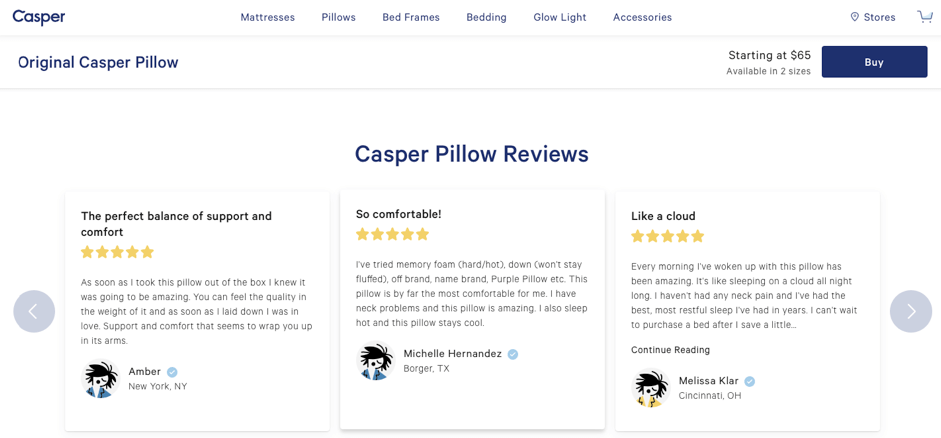
To Sum Up
Writing catchy product descriptions is pretty simple if you know exactly how to appeal to your readers’ imagination and feelings.
- First, determine your ideal user. Who are you selling to?
- Highlight the benefits of your products.
- Find out your customer’s pain points and explain how you can address them.
- Tell stories. Do not bore users with long-winded memoirs though.
- Use sensory words. They do miracles.
- Tap into the power of mimicry and metaphors.
- Provide your shoppers with testimonials.
Implement these tips now to level up your engagement rates in the future.


